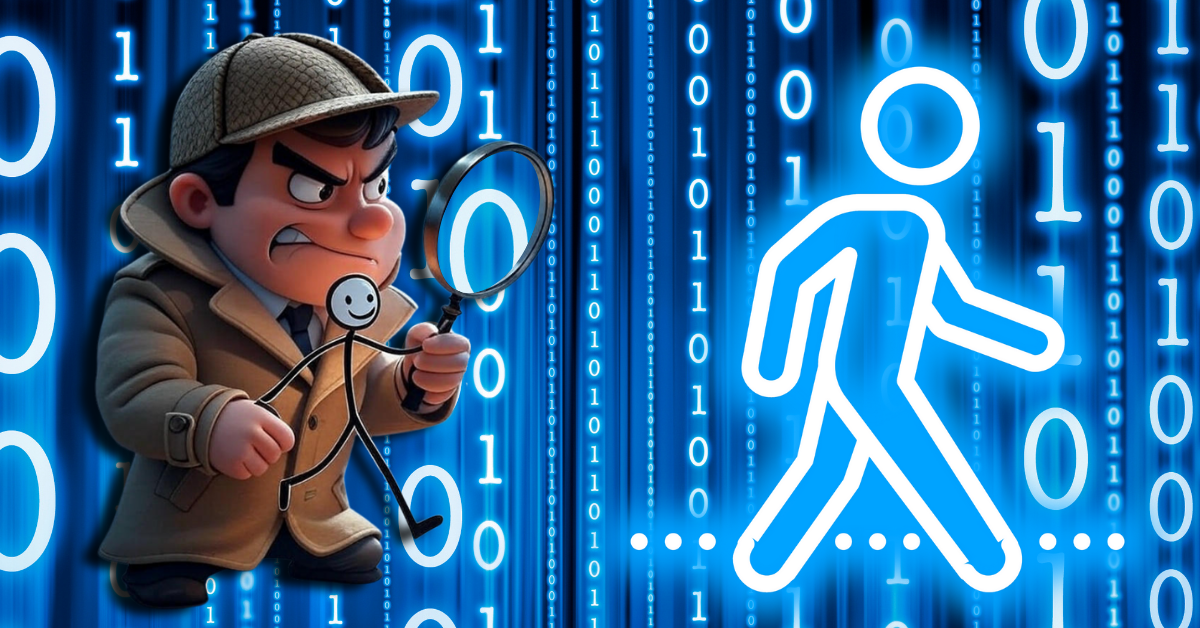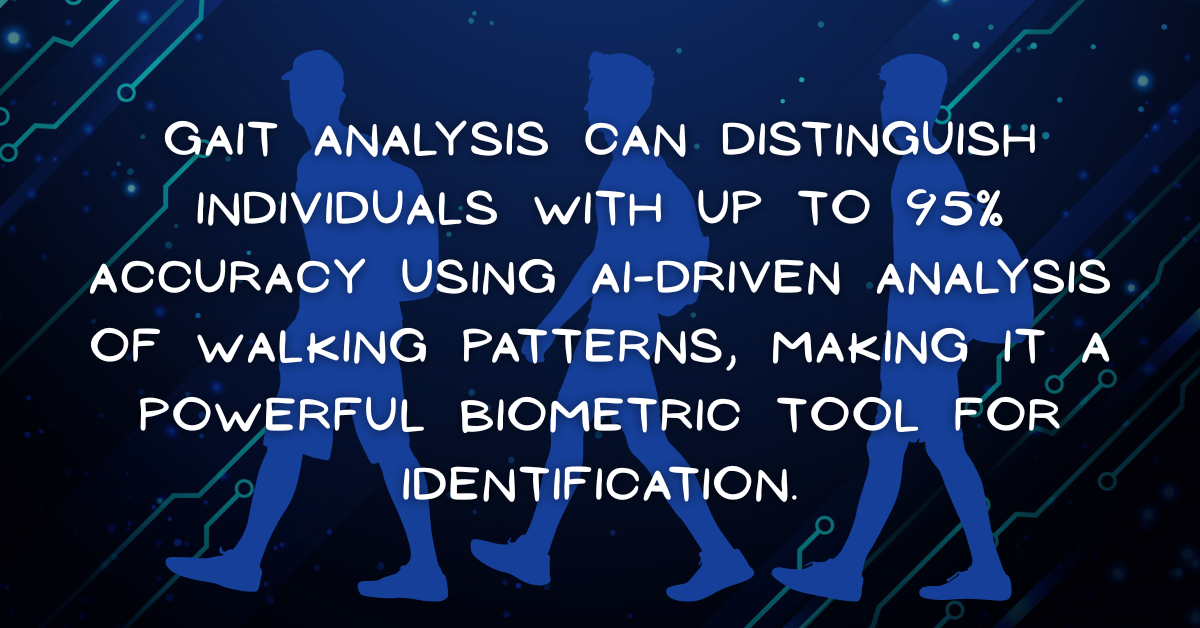Categories
Gait analysis, a key biometric technology, examines the unique patterns of human locomotion to identify individuals, assess health, or optimize performance. By analyzing walking or running mechanics, gait analysis leverages advanced sensors, artificial intelligence, and biomechanics to provide precise insights.
This article explores the technology powering gait analysis within the biometric landscape, detailing its mechanisms, applications in identification and beyond, and its future potential. From security systems to healthcare, gait analysis is redefining how we understand human movement.

Gait analysis studies the biomechanics of walking or running to capture unique movement signatures. In biometrics, these signatures serve as identifiable traits, akin to fingerprints or facial recognition, while also supporting health and performance applications.
Gait is a behavioral biometric, difficult to replicate, making it valuable for non-intrusive identification.
Each person’s gait is shaped by physiology, habits, and environment, creating a distinct biometric profile.
Gait biometrics relies on sophisticated tools to capture and process movement data with high accuracy. These technologies range from lab-based systems to real-world wearables, tailored for security, health, and performance.
Motion capture (mocap) systems use high-resolution cameras and markers to track movement in 3D, often used in controlled biometric research.
Wearable devices, like inertial measurement units (IMUs), enable portable gait analysis for biometric identification and monitoring.
Video-based gait biometrics uses computer vision to extract movement patterns from standard or surveillance footage.

Force plates and pressure mats measure kinetic data, such as ground reaction forces, to enhance gait-based identification.
AI and ML are pivotal in processing complex gait data, identifying unique patterns, and improving biometric accuracy.
Gait analysis extends beyond identification, offering versatile applications in security, healthcare, and performance optimization. Key uses include:
Despite its potential, gait analysis in biometrics faces technical and practical obstacles that impact its adoption.
Clothing, footwear, or terrain can alter gait patterns, affecting recognition accuracy.
Real-time analysis of high-dimensional gait data requires significant computational power.
Continuous gait monitoring raises ethical questions about surveillance and data storage.
Combining gait with other biometrics (e.g., iris scanning) requires seamless system interoperability.
The future of gait biometrics lies in enhancing its precision, accessibility, and integration into biometric ecosystems. Emerging trends include:
Gait analysis is poised to redefine biometrics, offering a non-invasive, unique, and versatile method to decode human movement. As sensors evolve, AI advances, and ethical guidelines solidify, gait analysis will seamlessly integrate into security systems, healthcare, and daily life. This technology not only unlocks doors but also opens new possibilities for understanding and enhancing human potential, one step at a time.